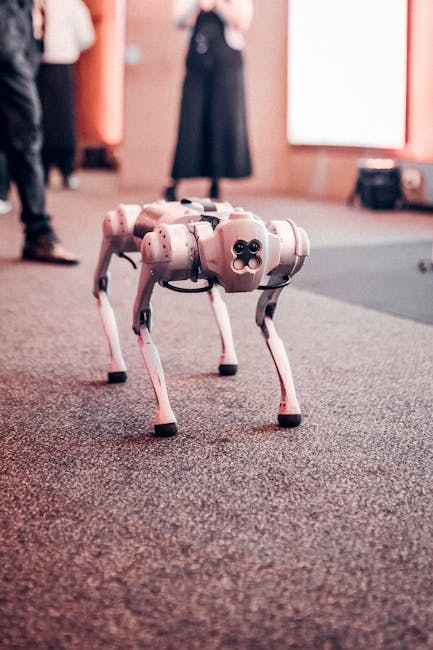
Introduction
In the rapidly evolving world of technology, drone technology has emerged as a fascinating field that combines flight capabilities with advanced computing power. At the forefront of this evolution is the integration of artificial intelligence (AI) and machine learning in drones, significantly transforming the capabilities of autonomous drones. These smart drones leverage AI to enhance performance and efficiency, making them indispensable in various sectors, including logistics and surveillance.
The Rise of AI in Drones
The integration of AI into UAV systems (Unmanned Aerial Vehicles) marks a revolutionary shift in how drones operate. Traditional drones often require human intervention, but with the advent of drone automation, many processes can now be conducted autonomously. This not only reduces the need for human operators but also increases the precision and efficiency of missions.
Understanding AI Drones
AI drones are equipped with advanced algorithms that allow them to process data in real-time, make decisions, and adapt to changing environments. This is particularly useful for applications such as drones in logistics, where they can navigate complex delivery routes autonomously. The ability of smart drones to learn from their environment, thanks to machine learning, makes them more reliable and effective than ever before.
Enhancing Efficiency and Performance
By incorporating AI and machine learning, autonomous drones are not just following pre-programmed paths. They analyze data, identify obstacles, and adjust their flight plans accordingly. This dynamic problem-solving capability can be applied in various domains:
- Logistics: AI drones streamline delivery systems, reduce operational costs, and increase delivery speeds.
- Agriculture: Drones equipped with AI can monitor crop health, assess damage, and optimize resource distribution.
- Surveillance: Whether for security or wildlife monitoring, AI drones provide real-time data analysis and threat detection.
Case Studies: Drones in Action
Several companies and projects have showcased the potential of AI in robotics through the use of autonomous drones. For instance, a logistics company known for its delivery services has implemented drone technology to manage last-mile deliveries. This has drastically decreased delivery times while significantly cutting costs.
Another exciting application can be found in agriculture, where UAV systems equipped with machine learning algorithms analyze vast fields, identifying areas needing attention, thus enhancing yield quality and overall farm efficiency.
The Future of Aerial Technology
As the capabilities of smart drones continue to advance, we can anticipate a future where drone automation becomes the norm in various sectors. The increasing adoption of AI drones will not only lead to greater efficiencies but also open up new opportunities for industries to explore. The convergence of automation, robotics, and aerial technology will redefine how we perceive logistics, agriculture, and surveillance.
Challenges Ahead
Despite the promising future, there are challenges that need to be addressed. Issues such as regulations, privacy concerns, and the technical limitations of current drone technologies can hinder the full potential of autonomous drones. Collaboration between regulatory bodies and the tech industry will be essential in establishing a framework that promotes innovation while ensuring safety and compliance.
Conclusion
The fusion of artificial intelligence and drone technology heralds a new era of UAV systems. AI drones are set to enhance operational efficiency across numerous industries, revolutionizing how we think about logistics and automation. As we move forward, it will be exciting to watch how these technologies evolve and shape our world.